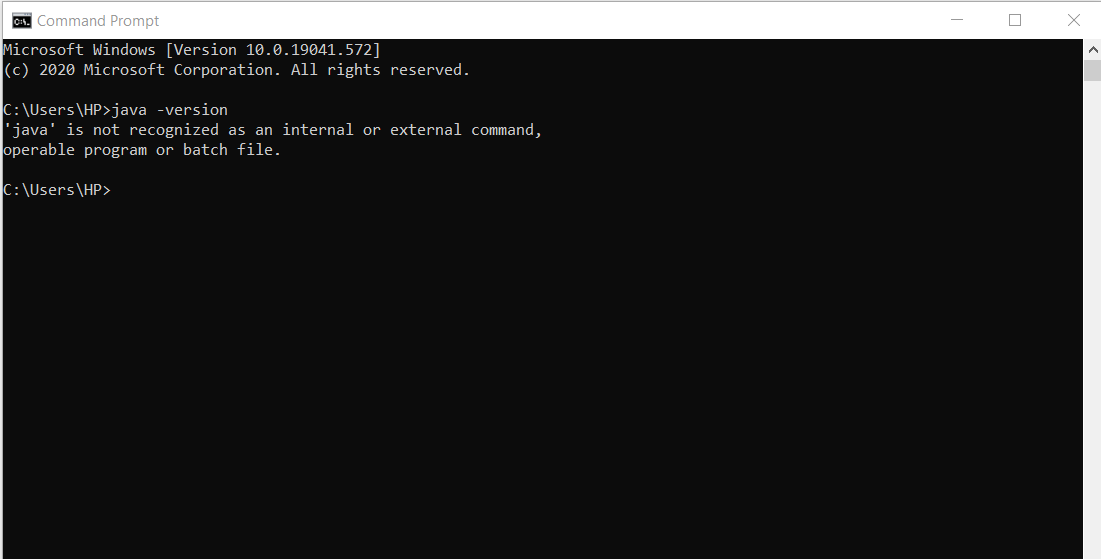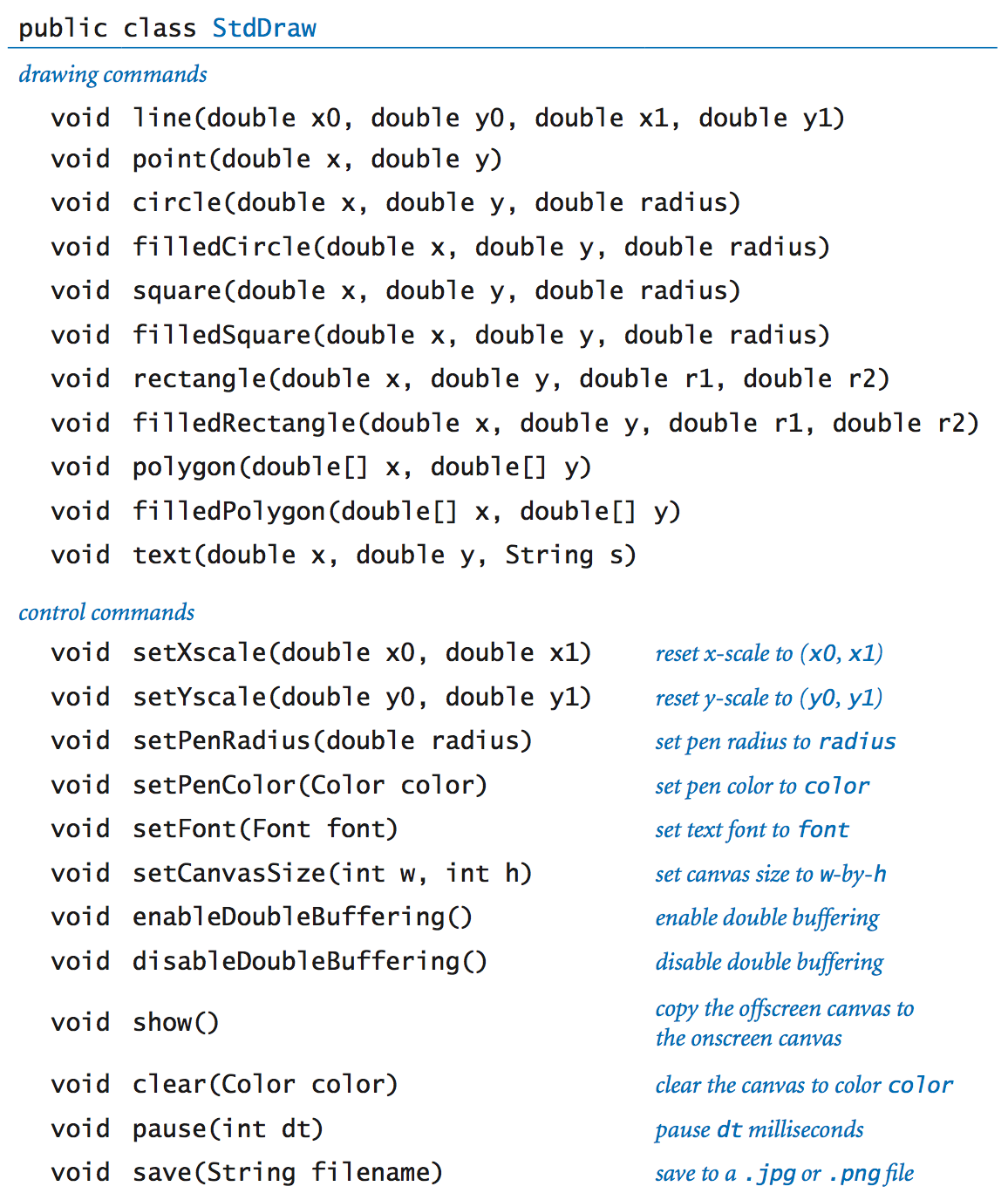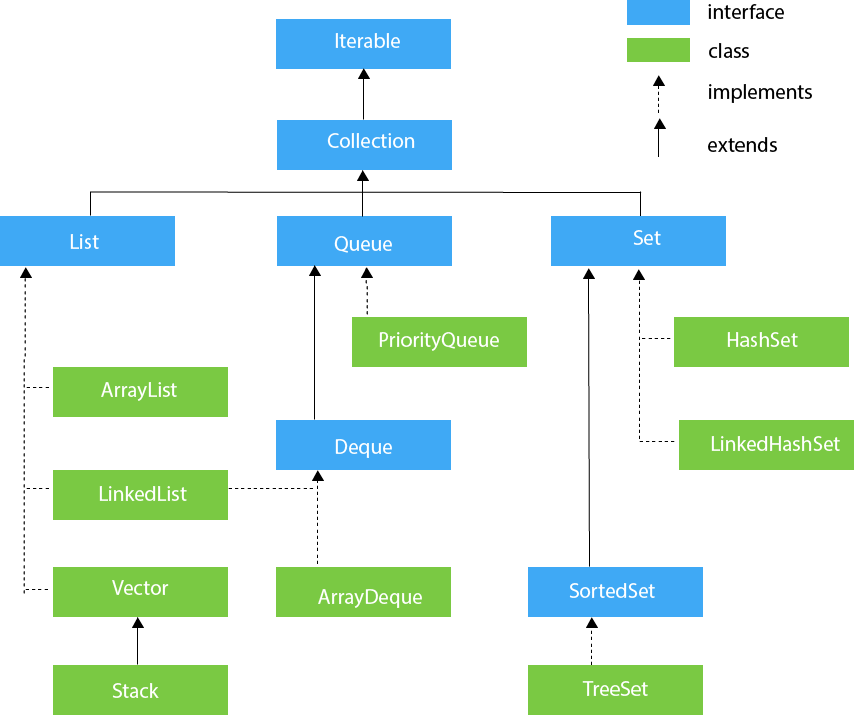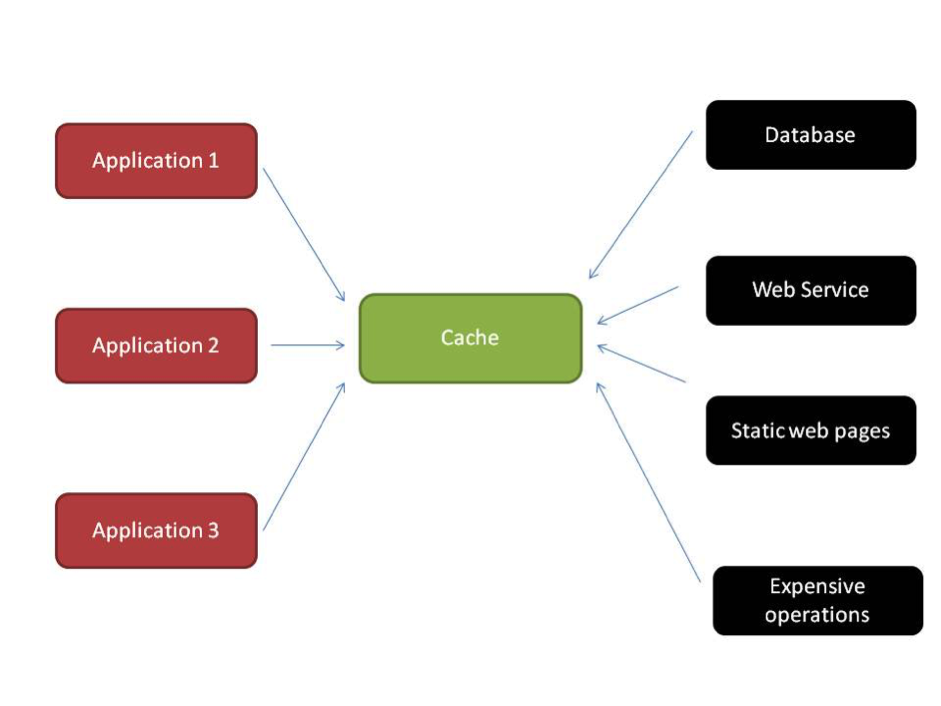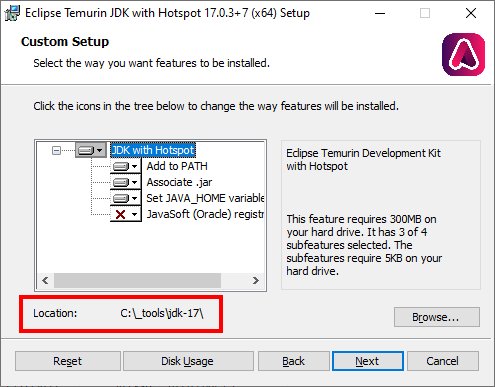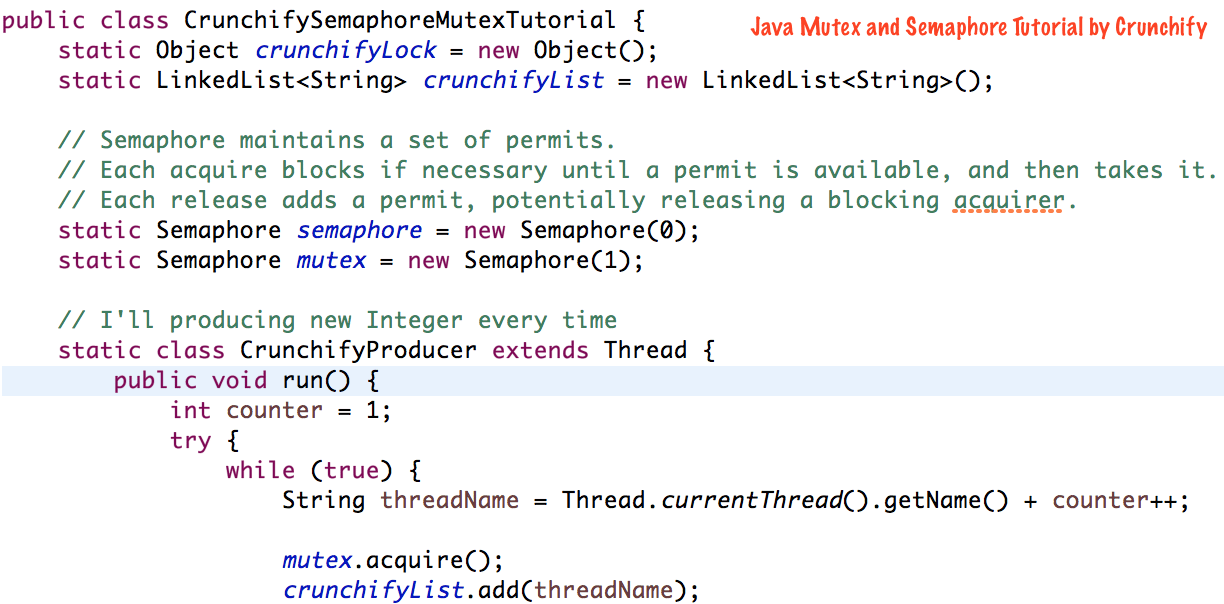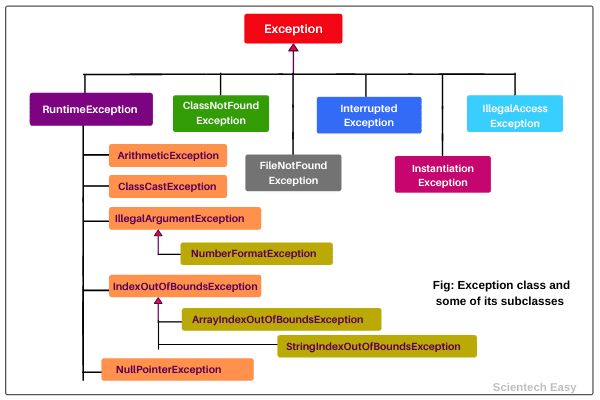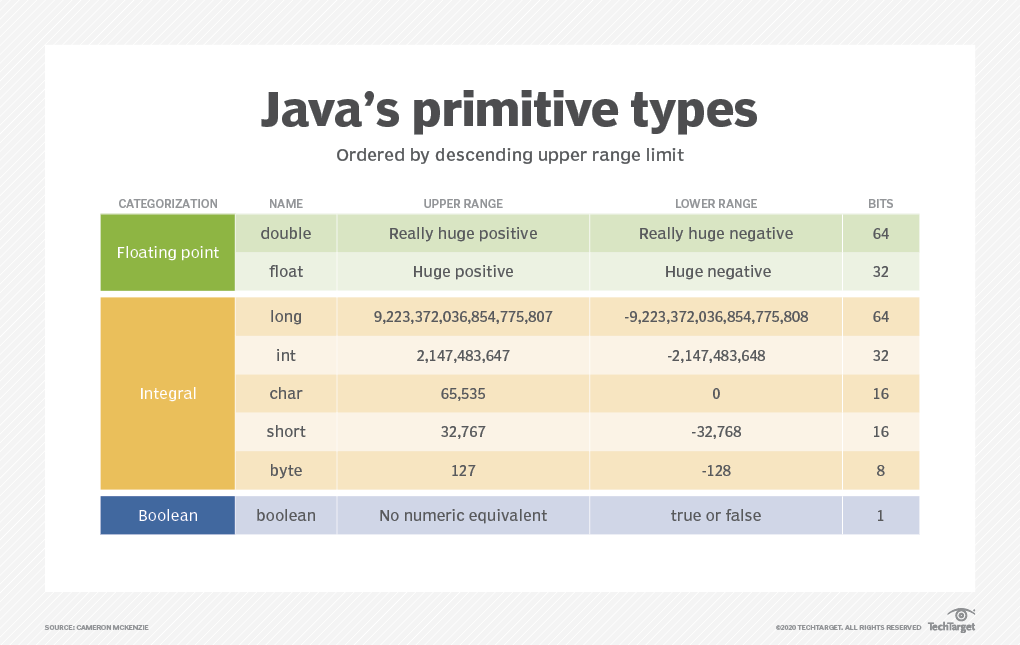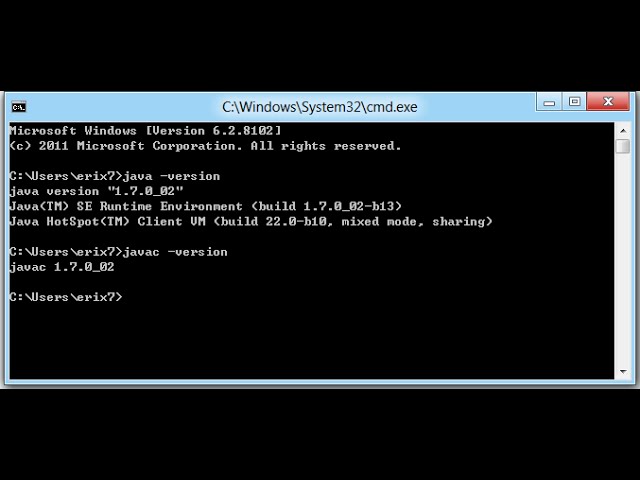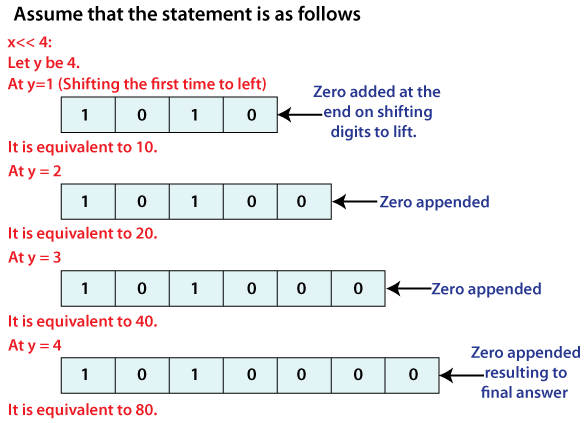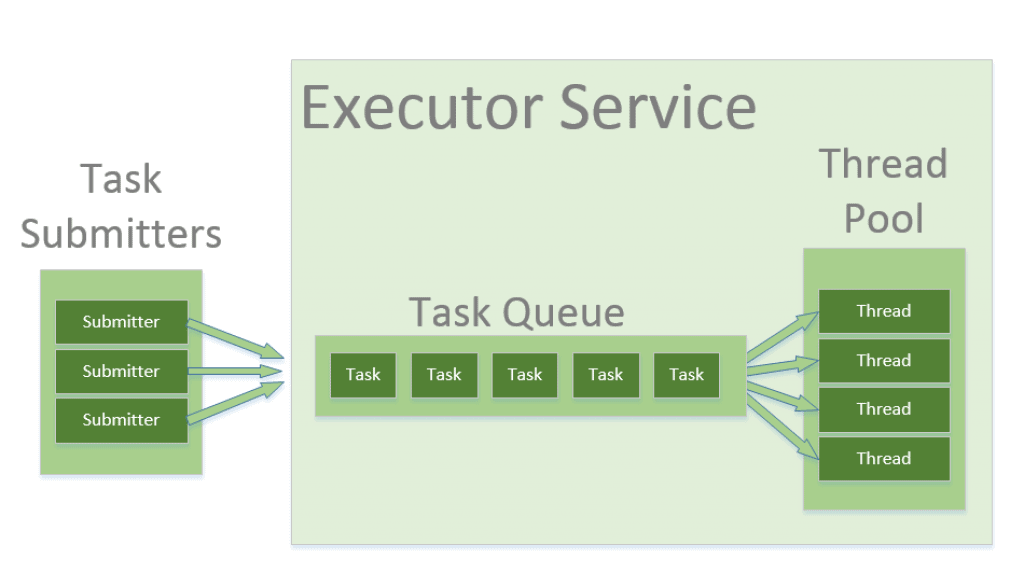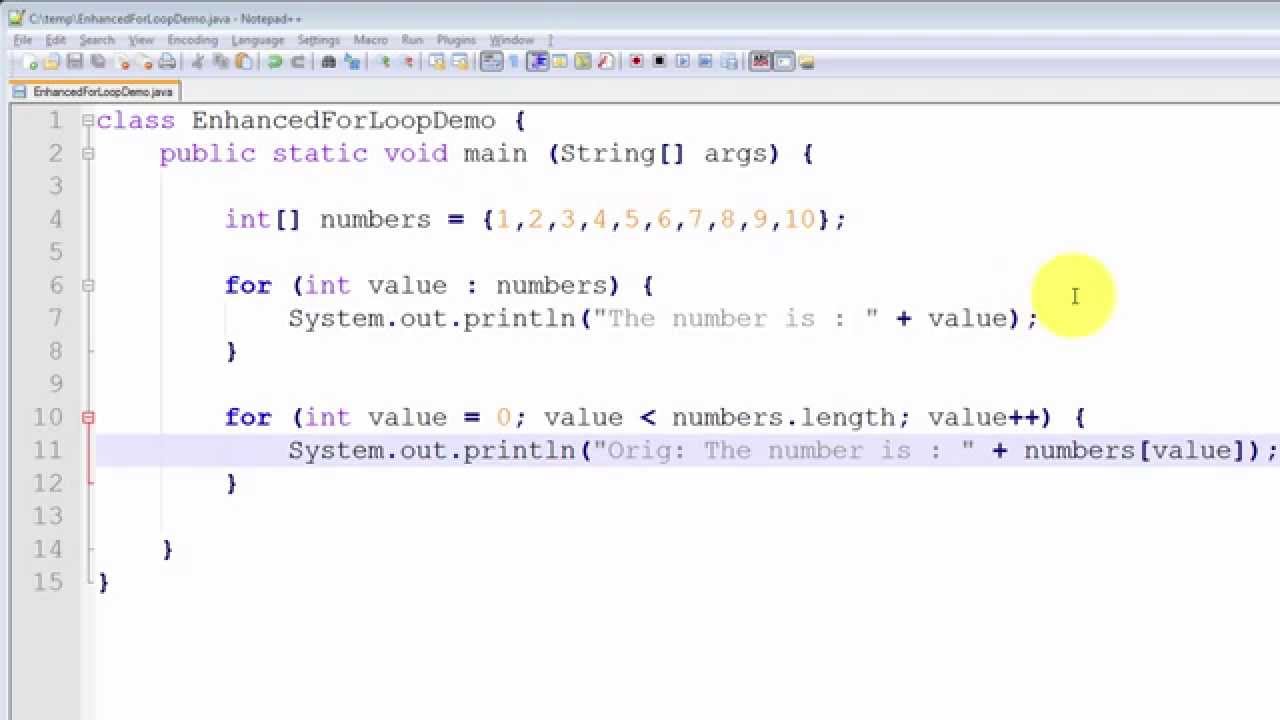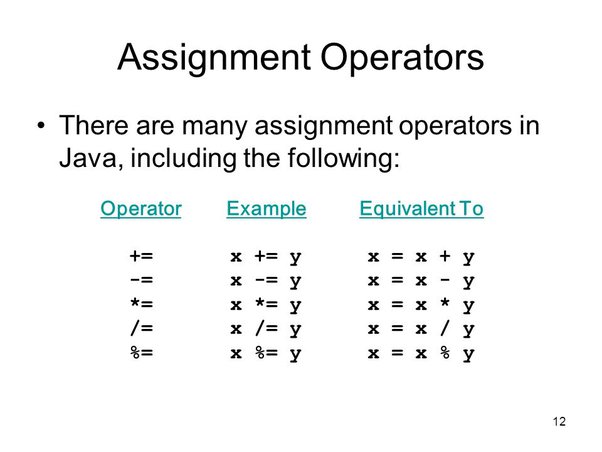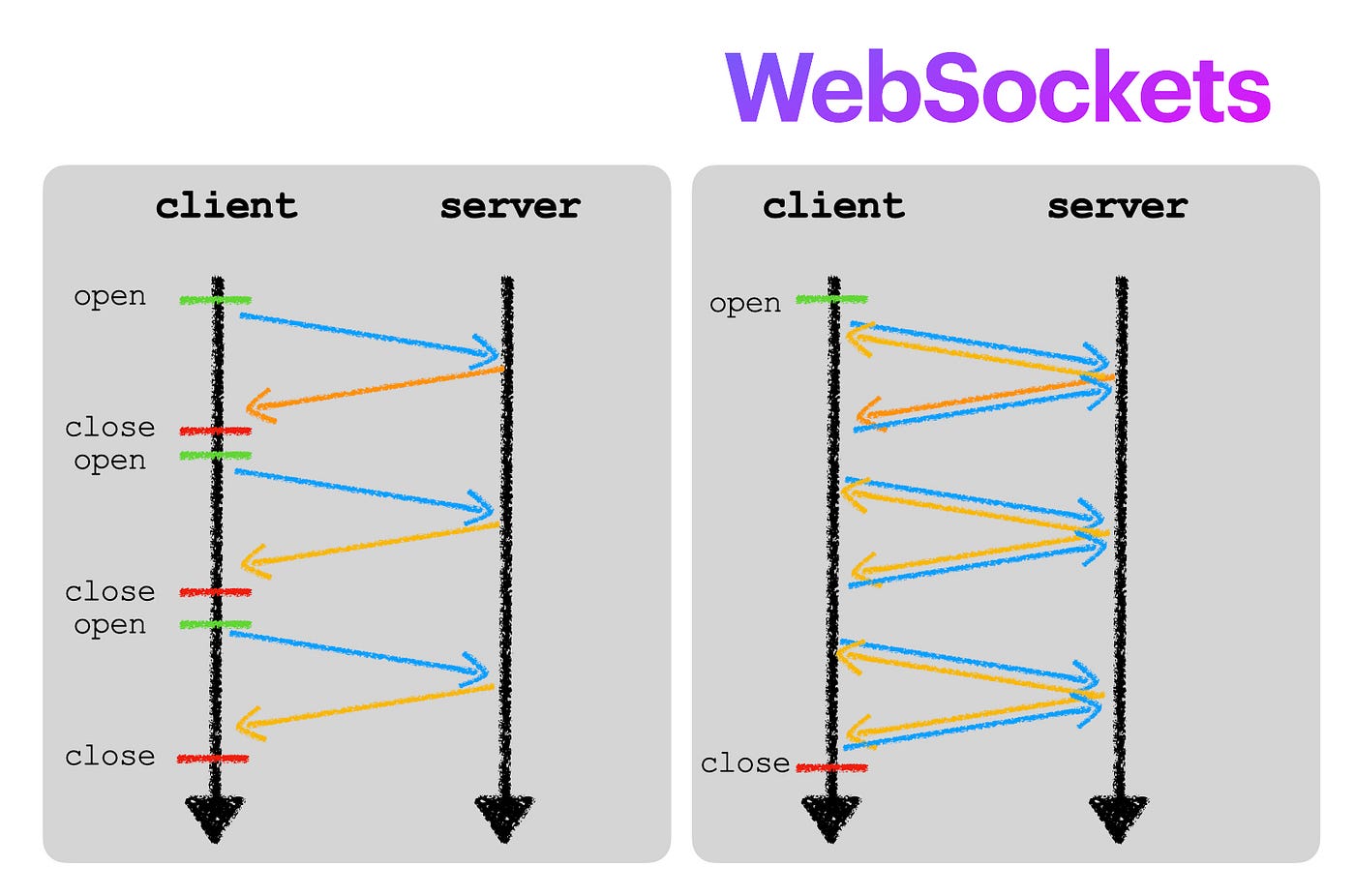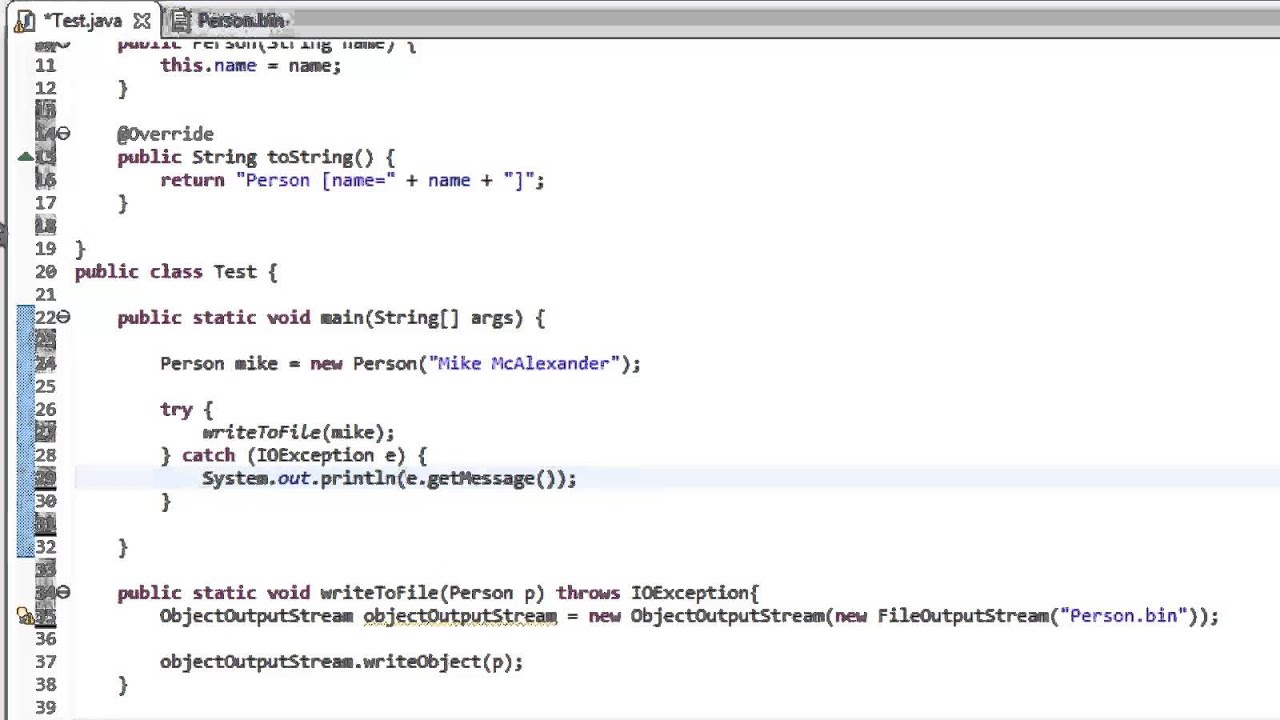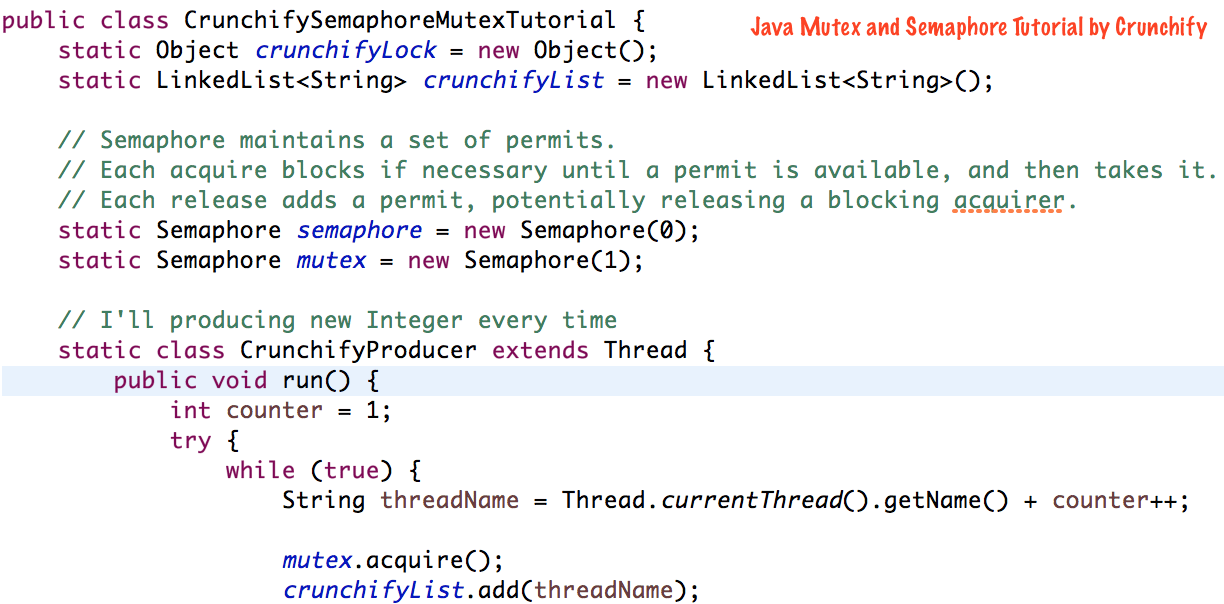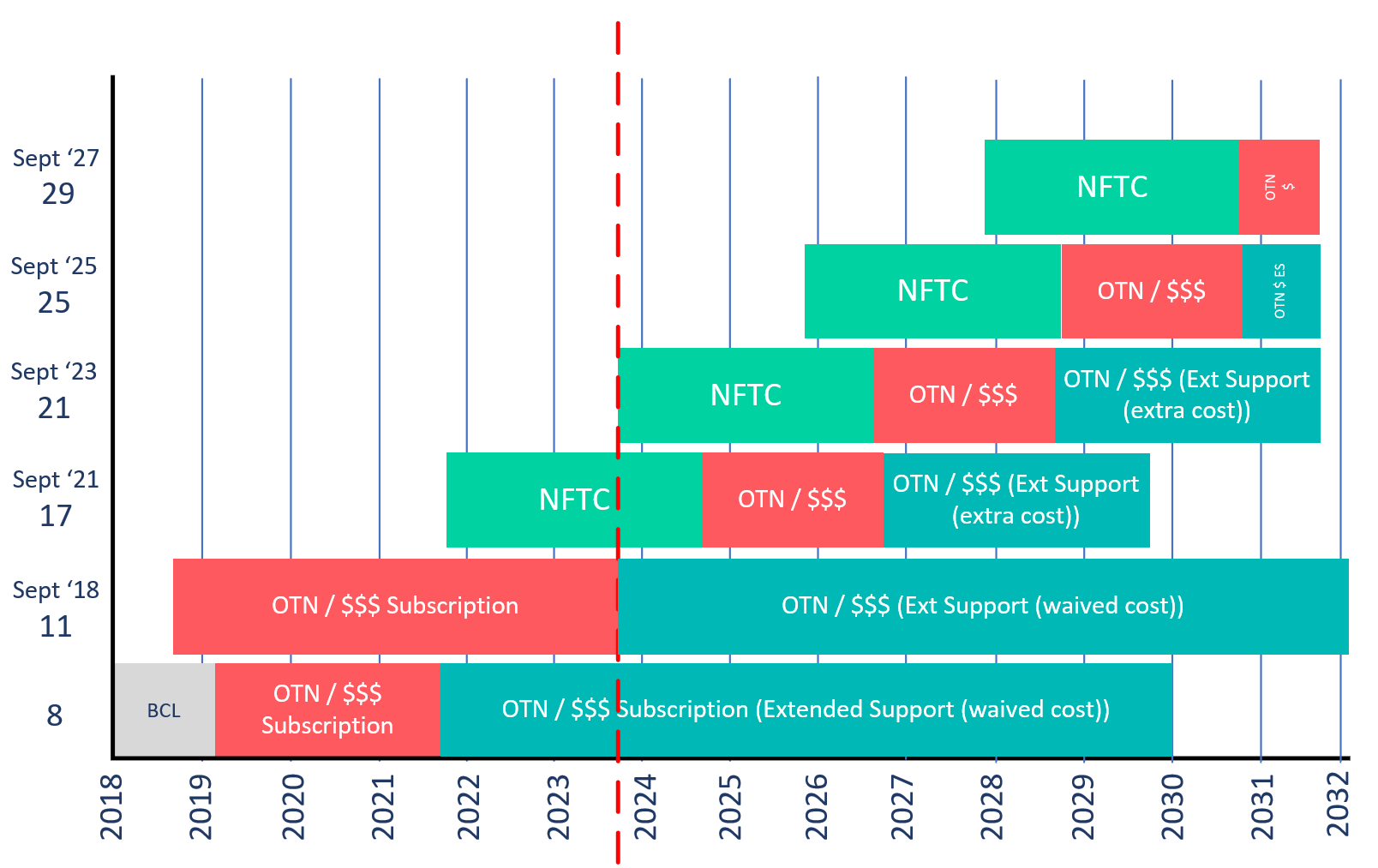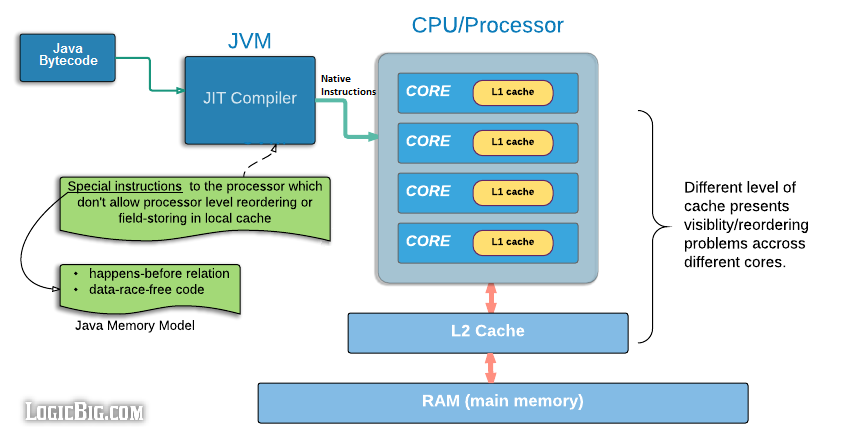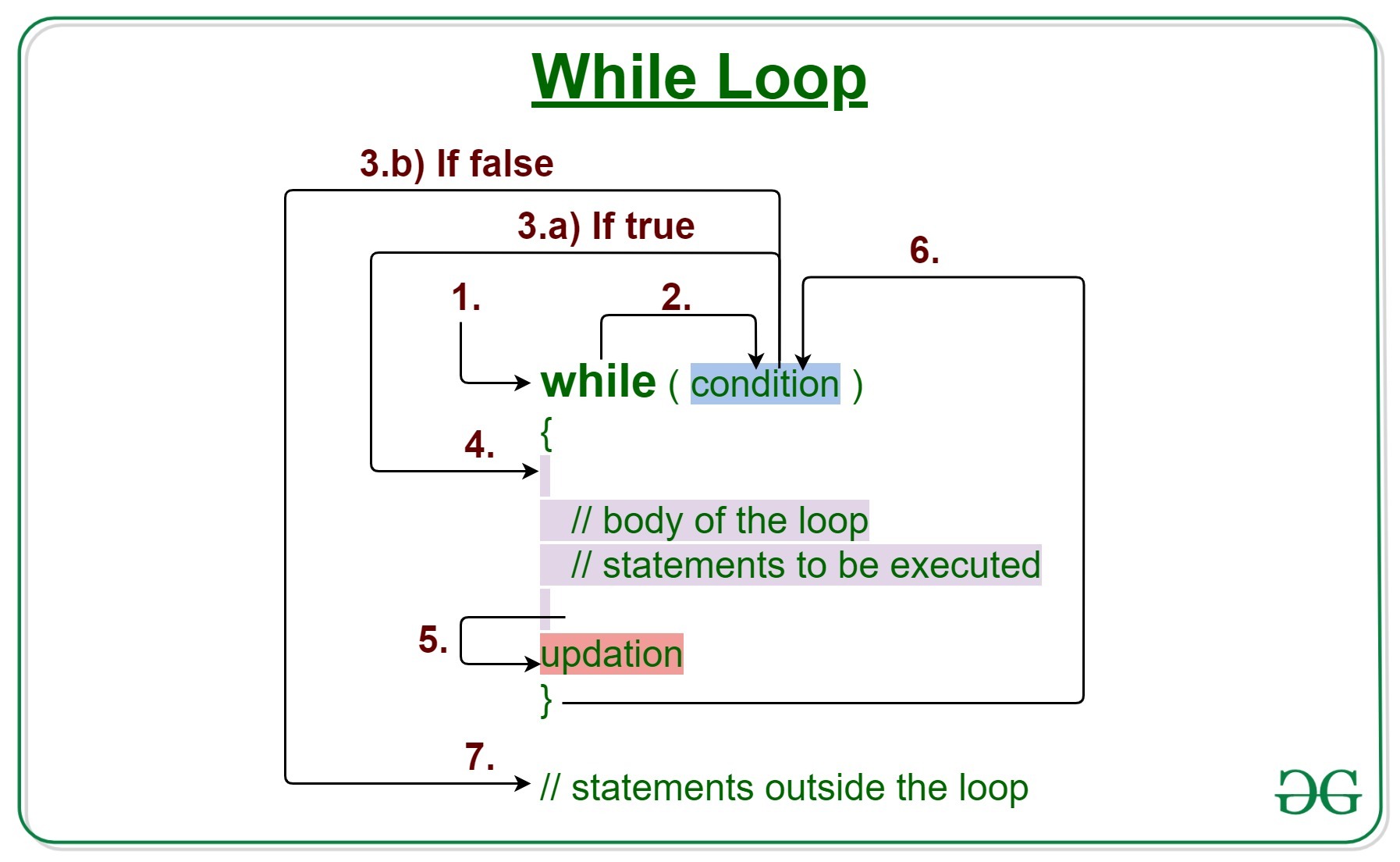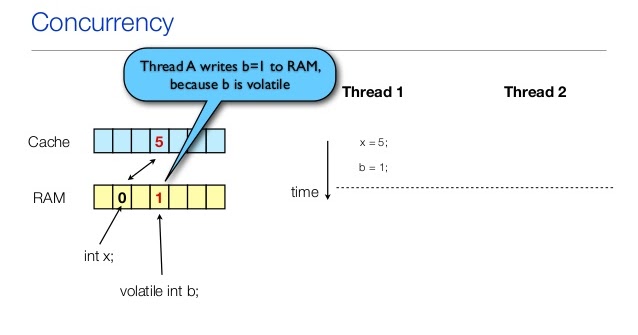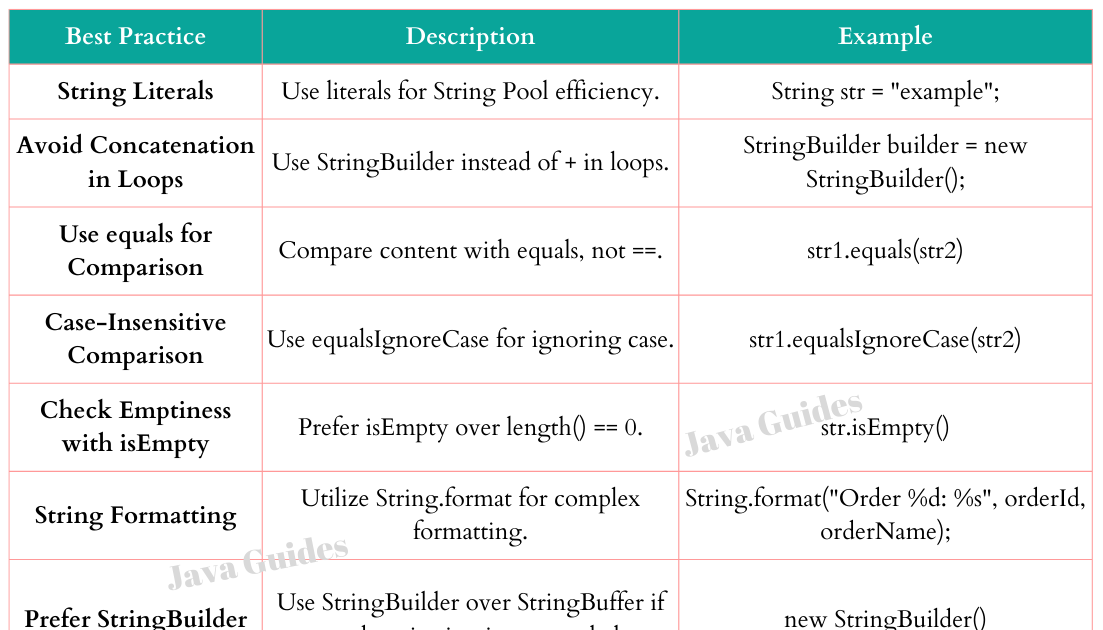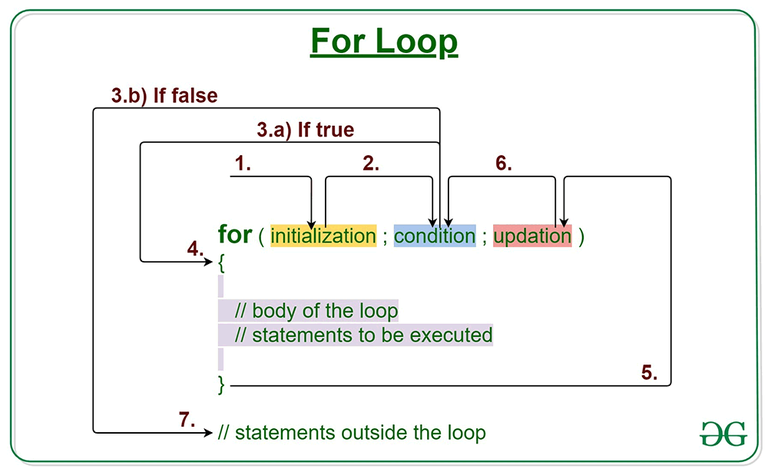Java asynchronous thread example
Java asynchronous thread example
I'm happy to help with that! Here's an example of a simple Java program that demonstrates the use of asynchronous threads:
import java.util.concurrent.Callable;
import java.util.concurrent.ExecutionException;
import java.util.concurrent.ExecutorService;
import java.util.concurrent.Executors;
import java.util.concurrent.Future;
public class Main {
public static void main(String[] args) throws InterruptedException, ExecutionException {
// Create an executor service with 5 threads
ExecutorService executor = Executors.newFixedThreadPool(5);
// Submit a few tasks for execution
Future future1 = executor.submit(new Callable() {
@Override
public Integer call() throws Exception {
Thread.sleep(2000);
System.out.println("Task 1 finished");
return 10;
}
});
Future future2 = executor.submit(new Callable() {
@Override
public Integer call() throws Exception {
Thread.sleep(1000);
System.out.println("Task 2 finished");
return 20;
}
});
Future future3 = executor.submit(new Callable() {
@Override
public Integer call() throws Exception {
Thread.sleep(3000);
System.out.println("Task 3 finished");
return 30;
}
});
// Get the results of the tasks
int result1 = future1.get();
int result2 = future2.get();
int result3 = future3.get();
// Shut down the executor service
executor.shutdown();
System.out.println("Final results: " + result1 + ", " + result2 + ", " + result3);
}
}
In this example, we're using the ExecutorService class to create an executor that manages a pool of threads. We then submit three tasks (represented by Callable instances) to be executed asynchronously.
Each task is a simple thread that sleeps for a certain amount of time and then prints out a message indicating when it finished. The submit method returns a Future instance that can be used to get the result of the task once it has completed.
In the main thread, we use the get method to retrieve the results of each task. This blocks until the task has completed, at which point the result is returned.
Finally, we shut down the executor service using the shutdown method to prevent any new tasks from being submitted.
This example demonstrates how you can use asynchronous threads in Java to execute tasks concurrently and then retrieve their results when they have finished.
java async method
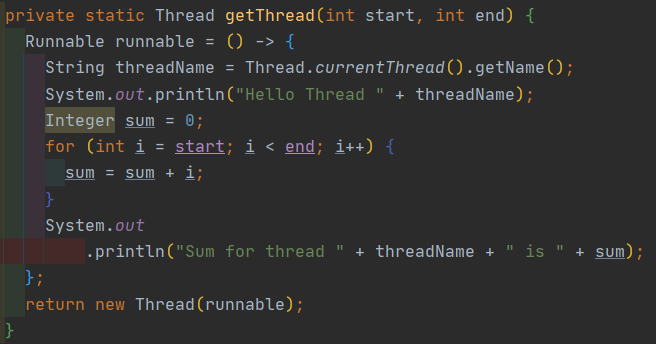
Java Asynchronous Method
In Java, asynchronous methods allow your program to perform multiple tasks simultaneously without blocking the main thread of execution. This is achieved by using callbacks, futures, or promises, which enable you to write more scalable and efficient code.
Why Async Methods Matter
Traditional synchronous programming can lead to performance issues, especially in systems that require rapid processing of requests. Asynchronous methods help alleviate these problems by allowing your program to:
Handle multiple tasks concurrently: By executing tasks in parallel, your program can take advantage of multi-core processors and improve overall system performance. Reduce thread blocking: Synchronous code often blocks threads while waiting for I/O operations or network requests to complete. Asynchronous methods help prevent this blocking, ensuring that your program remains responsive.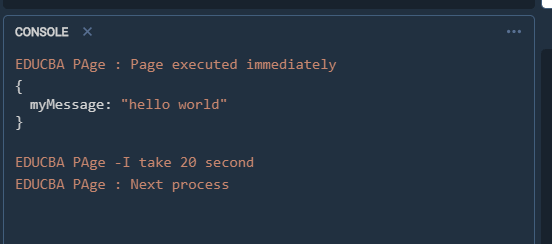
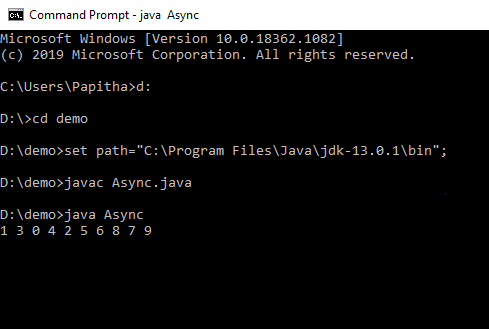
Java APIs for Async Methods
Java provides several APIs to support asynchronous programming:
Executors and ExecutorServices: TheExecutor interface defines a pool of threads that can be used to execute tasks concurrently. The ExecutorService interface provides methods for managing the executor, such as shutting down or submitting new tasks. Futures and Completables: The Future interface represents a value that may not yet be available, but will be when the computation is completed. The CompletableFuture class provides a more functional programming-oriented API for working with futures.
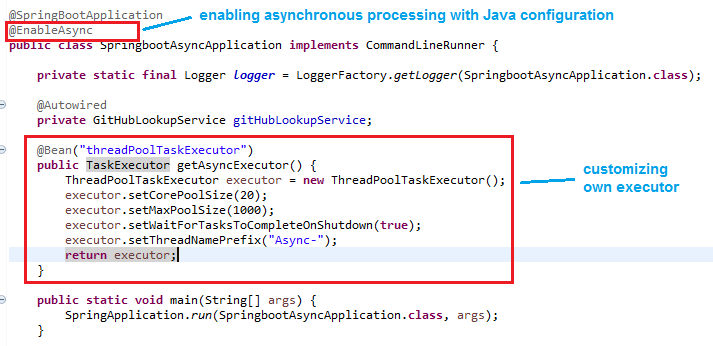
Callable, Runnable, and FutureTask to support concurrent programming.
Example of Async Method in Java
Here's an example of using the CompletableFuture class to create an asynchronous method that simulates a time-consuming task:
import java.util.concurrent.CompletableFuture;import java.util.concurrent.TimeUnit;
public class AsyncExample {
public static void main(String[] args) throws Exception {
// Create a completable future for the long-running task
CompletableFuture future = CompletableFuture.supplyAsync(() -> {
try {
// Simulate a time-consuming task
TimeUnit.SECONDS.sleep(2);
return "Task completed!";
} catch (InterruptedException e) {
Thread.currentThread().interrupt();
return null;
}
});
// Use the future to get the result when it's available
String result = future.get();
System.out.println(result);
}
}
In this example, we create a CompletableFuture that represents a long-running task. We then use the get() method to retrieve the result of the task when it becomes available.
Conclusion
Asynchronous methods in Java enable you to write more efficient and scalable code by allowing your program to perform multiple tasks simultaneously. By leveraging APIs like Executor, Futures, and CompletableFutures, you can create concurrent programming solutions that take advantage of multi-core processors and improve overall system performance.
